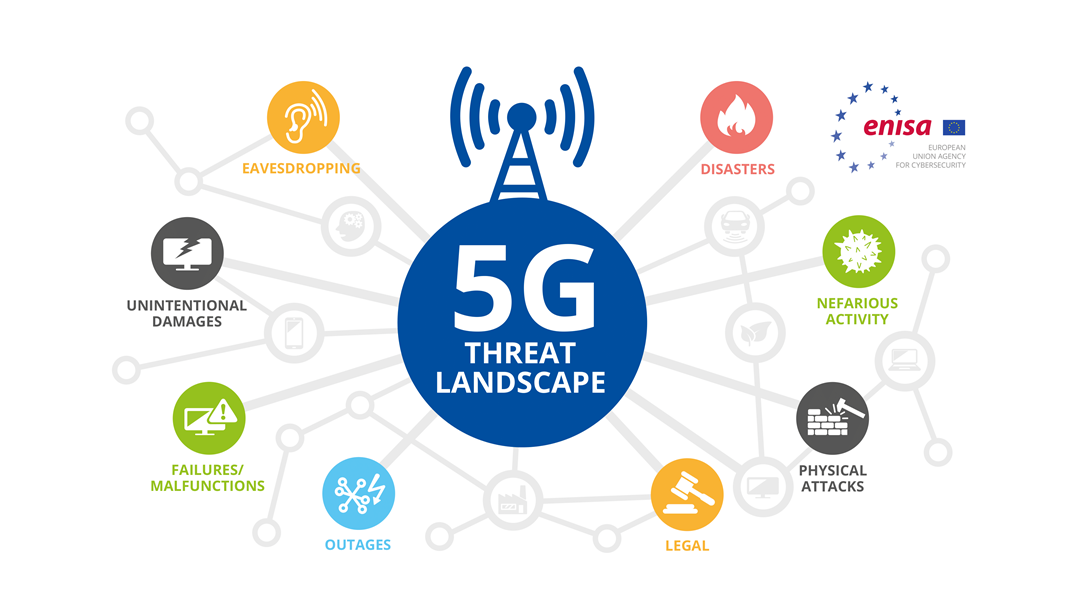Cybersecurity threats continue to evolve and become more sophisticated, and businesses need to be prepared to combat new and emerging risks. In 2023, there are six new age cybersecurity threats that organizations need to be aware of to ensure they are adequately protected.
- AI-Powered Attacks: With the rise of artificial intelligence (AI), hackers are now able to use AI algorithms to automate attacks and bypass traditional security measures. This can lead to more targeted and effective attacks, making it harder for businesses to defend against them.
- Quantum Computing Attacks: Quantum computing has the potential to break traditional encryption methods, leaving data vulnerable to theft. As quantum computing technology continues to advance, businesses need to develop new security protocols to protect against quantum computing attacks.
- Ransomware-as-a-Service: Ransomware attacks have been on the rise in recent years, and in 2023 we can expect to see an increase in ransomware-as-a-service (RaaS) offerings. RaaS allows attackers to rent out ransomware tools and infrastructure, making it easier for them to launch attacks and increasing the number of potential targets.
- 5G Security Risks: The rollout of 5G networks brings new security risks, as these networks are more complex and have a larger attack surface. Additionally, 5G networks enable more devices to be connected, increasing the potential for cyber attacks.

- Internet of Things (IoT) Attacks: The proliferation of IoT devices in homes and businesses has created new vulnerabilities, as these devices often have weak security measures and are easily hacked. In 2023, we can expect to see more targeted attacks on IoT devices as hackers look for new ways to gain access to sensitive information.
- Deepfake Attacks: Deepfakes are synthetic videos or images created using AI algorithms, and can be used to impersonate individuals or spread false information. As deepfake technology becomes more advanced, businesses need to be prepared for the potential use of deepfakes in cyber attacks.
To protect against these new age cybersecurity threats, businesses need to take a multi-layered approach to security. This includes implementing advanced security technologies such as AI-powered threat detection and response systems, as well as ensuring that employees are trained to recognize and report suspicious activity. Additionally, businesses need to develop and implement comprehensive security policies and procedures, and regularly review and update them to ensure they remain effective against new and emerging threats.
The cybersecurity landscape is constantly evolving, and businesses need to stay ahead of the curve to ensure they are adequately protected. By being aware of the six new age cybersecurity threats outlined above and taking a proactive approach to security, businesses can reduce their risk of falling victim to a cyber attack.



